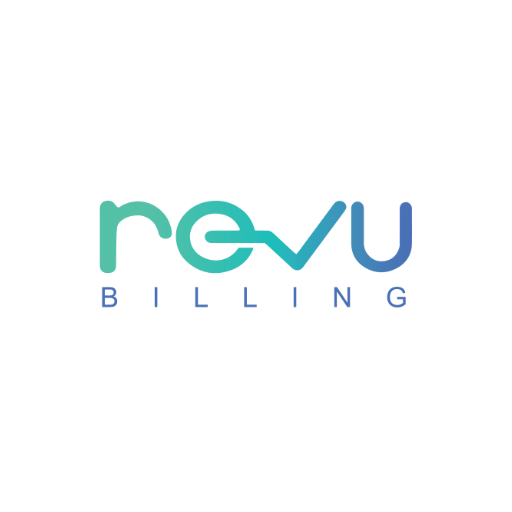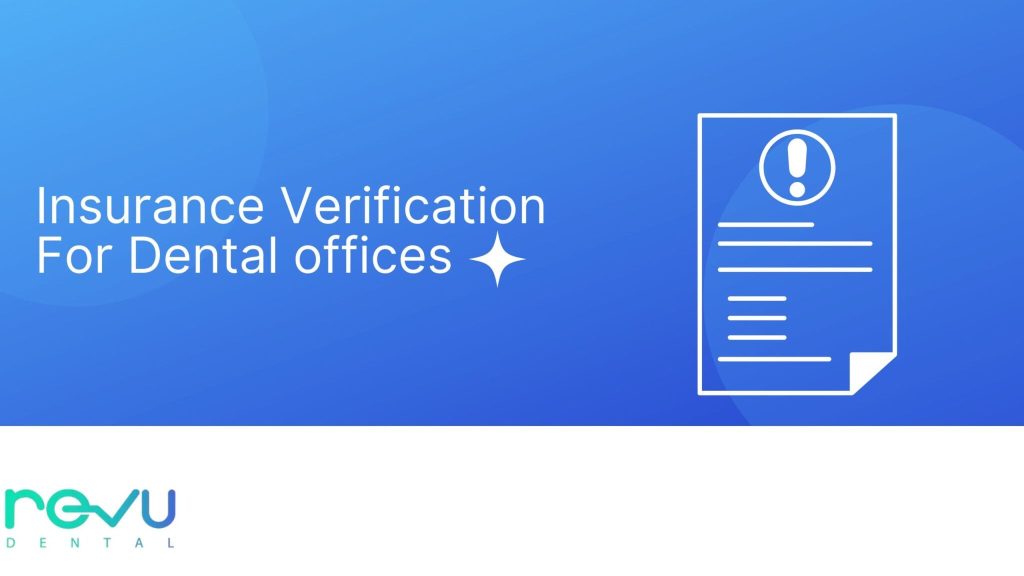Insurance Verification For Dental offices
Insurance Verification For Dental offices Before doing any dental work, the office must check to see if the patient has insurance. To check a person’s dental insurance plan, you have to figure out their out-of-network benefits and out-of-pocket costs. This step is important because it helps find billing mistakes, reduces the number of claims that are turned down, and makes sure that customers get what they paid for. If the staff at a dental office doesn’t have experience or knowledge in the insurance field, it can be hard for patients to get their insurance verified. But with the right tools and methods, verification can be made easier and faster. In this article, we’ll talk about why insurance verification at dental offices need to check a patient’s insurance, how to do it, and why it’s a good idea to pay for a service that does the hard work for you.
Explaining the Value of Insurance Verification for Dental Offices
The verification process helps dental clinics figure out if a patient has dental coverage and, if so, how much. Without this system, it would be easy for dentists to charge too much or submit claims that insurance companies would turn down. More complicated dental care, like oral surgery, orthodontics, or periodontal treatments, makes it more important for dentist clinics to check if a patient has insurance.
The insurance verification for dental office process is a key part of making sure that the database of patients is always up-to-date. By keeping accurate records of their personal information and insurance coverage, dental offices can do a better job of taking care of their patients. When dental offices send electronic claims to insurance companies, they must have the correct patient information.
Actions Needed to Confirm Insurance Coverage
There are a few distinct phases of the insurance verification process:
Collect patient data: The first step in the verification process is to get the patient’s full name, date of birth, insurance company, and policy number. If the patient has been seen before, this information can be pulled from their EHR. If not, the client can be asked directly when an appointment is made.
Contact an insurance provider: Then, we’ll call the patient’s insurance company to make sure they’re covered. The dentist’s office can call the insurance company or, if one is available, use an online verification site. When you call the insurance company, have the patient’s information ready to give to the person on the other end.
Verify coverage details: To make sure you’re covered, dental offices need to check the details of your plan. Dentists must double-check the insurance information of their patients after getting in touch with the insurance company. It is important to check the patient’s insurance information, which includes when the plan begins and ends, how much the deductible and co-pay are, and if there are any restrictions or exclusions.
Records must be kept: After that, the information from the insurance company will need to be written down. After a patient’s dental insurance is checked, the dental office must update the patient’s electronic health record (EHR) with the new information.
Communicate with the Patient: Finally, dental clinics have to tell patients how their insurance works. It is important to tell them how much they are covered, how much they will have to pay out of pocket, and if there are any limits or exclusions in the plan. Patients need to know what their health insurance plans cover and how much they will cost.
Advantages of Online Insurance Verification Systems
“Automated insurance verification tools” make it easier for dental practices to check if a patient has insurance. Insurance verification solutions employ technology to streamline administrative tasks. It includes manually contacting providers to confirm coverage and manually updating patient information. Using computerized tools to check your insurance can save you time and money while making you more productive and accurate.
Precision Enhanced: Automated solutions can help make sure that insurance is correct. Programs like this use complicated algorithms to check if a patient has insurance by comparing it to databases of providers. This takes the place of manual checks and keeps patient files up-to-date. This could improve revenue cycle management by making billing mistakes and rejected claims less likely to happen.
High levels of contentment are reported by patients’ software.
Software can automatically check if a patient has insurance, which makes patients happier. Automating insurance verification at dental clinics can cut down on wait times and make patients happier. By keeping accurate records on their patients, dental offices may be able to reduce billing problems and charges that were not expected. Because of this, patients are more likely to come back, which is very important for a dental business to make money.
Conclusion
Automated systems for checking insurance may save dental offices time and money, make patients happy, protect data, and make patients feel more private. By using these technologies to speed up the insurance verification process, dental offices may be able to improve the care they give to patients and the way they run their offices.




